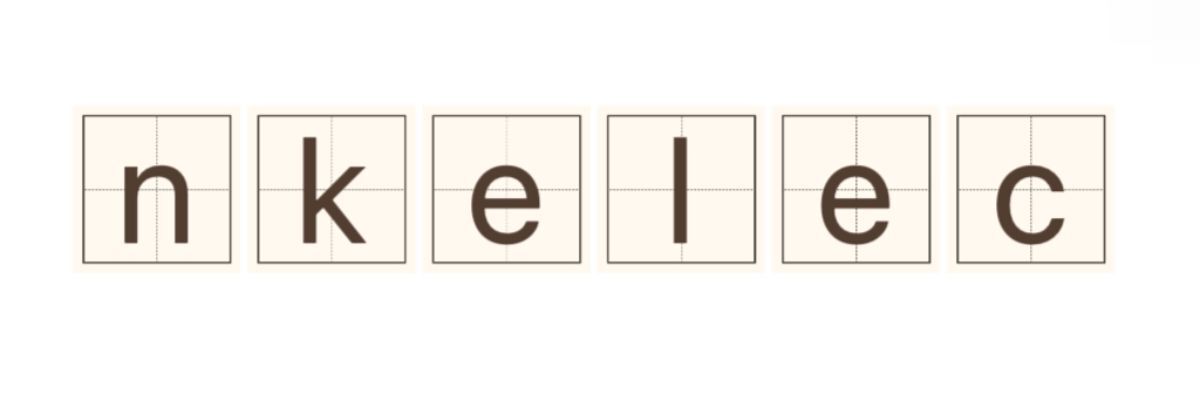What Is a Power Sensor and How Does It Work?
Power sensors are essential devices used in various applications, from consumer electronics to industrial automation. Understanding how they work and their significance in modern technology can enhance our appreciation for their role in energy measurement and management.
What Is a Power Sensor?
A power sensor is an instrument designed to measure electrical power in specific units, such as watts. This device can monitor both AC (alternating current) and DC (direct current) power, providing valuable data for various applications including energy management, renewable energy systems, and appliance monitoring. They play a crucial role in ensuring energy efficiency and reliability in electric systems.
Types of Power Sensors
Power sensors can be classified based on their functionality and application. Some common types include:
- Passive Power Sensors: Utilizes resistive, inductive, or capacitive elements to measure power without requiring power supply.
- Active Power Sensors: These sensors usually operate on the principle of converting input power to an output signal.
- Digital Power Sensors: Integrate digital signal processing to provide precise measurements and often connect to smart grids or IoT devices.
How Do Power Sensors Work?
Power sensors operate using various principles depending on their design. However, the fundamental process involves measuring voltage and current to determine real power consumption.
Basic Measurement Principles
The most common method involves two key measurements:
- Voltage Measurement: Sensors take measurements from the voltage supply line.
- Current Measurement: They also measure the current flowing through the load.
Using the formula:
Power (P) = Voltage (V) x Current (I) x Power Factor (PF)
This formula demonstrates how the power factor plays a significant role in calculating the effective power consumed by the device. The power factor accounts for the phase difference between voltage and current, especially in AC systems.
Signal Processing
Many modern power sensors employ digital signal processing techniques for enhanced accuracy and data collection. These sensors convert analog signals into digital format, which can be easily processed, stored, and transmitted for analysis.
Applications of Power Sensors
Power sensors are widely used in various industries:
- Home Energy Management: Smart meters in homes track energy consumption, helping users make informed decisions about their energy use.
- Industrial Automation: Monitoring and controlling power consumption in factories ensures efficient operations and reduces costs.
- Renewable Energy: In solar and wind energy systems, power sensors help maximize energy production by measuring real-time energy output.
Statistics and Market Insights
As technology evolves, the demand for advanced power sensors is surging. Here are some relevant statistics:
- According to a report by Markets and Markets, the global power sensors market is expected to reach USD 1.9 billion by 2025, growing at a CAGR of 6.1%.
- The smart grid market is projected to pass USD 200 billion by 2026, which will drive demand for power measuring devices.
- According to IEEE, using power sensors in industrial applications can lead to energy savings of up to 30%.
Conclusion
In conclusion, power sensors are vital components in today's energy-driven world. They not only assist in accurate measurements of energy consumption but also contribute to energy efficiency across many sectors. As technology advances, the innovation in power sensing devices is likely to continue evolving, driving further developments in energy management and conservation.
For more 3 Phase Power Monitor for Hotels and Resortsinformation, please contact us. We will provide professional answers.
398
0
0


Comments
All Comments (0)